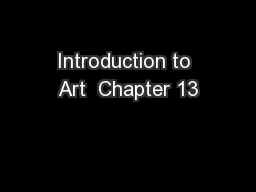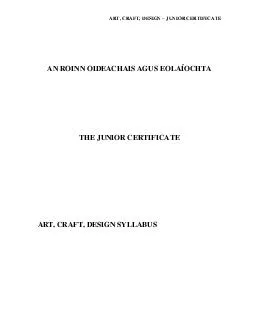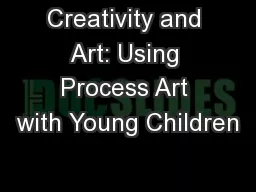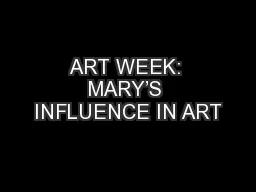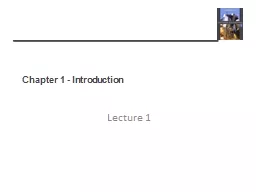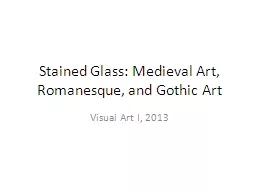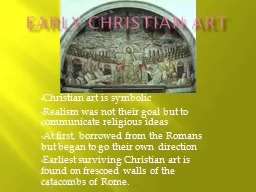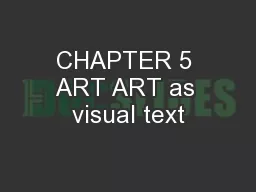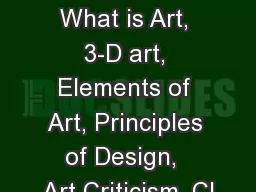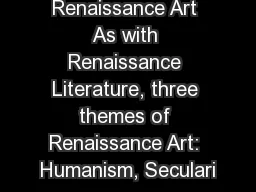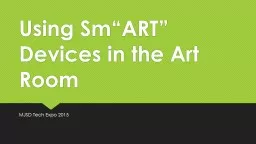PPT-Introduction to Art Chapter 13
Author : celsa-spraggs | Published Date : 2018-07-11
Early Christian byzantine Islamic Period REVIEW Read pages 275311 46 questions including vocabulary Studio Art Beginning Blog Imagine that the United States ws
Presentation Embed Code
Download Presentation
Download Presentation The PPT/PDF document "Introduction to Art Chapter 13" is the property of its rightful owner. Permission is granted to download and print the materials on this website for personal, non-commercial use only, and to display it on your personal computer provided you do not modify the materials and that you retain all copyright notices contained in the materials. By downloading content from our website, you accept the terms of this agreement.
Introduction to Art Chapter 13: Transcript
Download Rules Of Document
"Introduction to Art Chapter 13"The content belongs to its owner. You may download and print it for personal use, without modification, and keep all copyright notices. By downloading, you agree to these terms.
Related Documents

